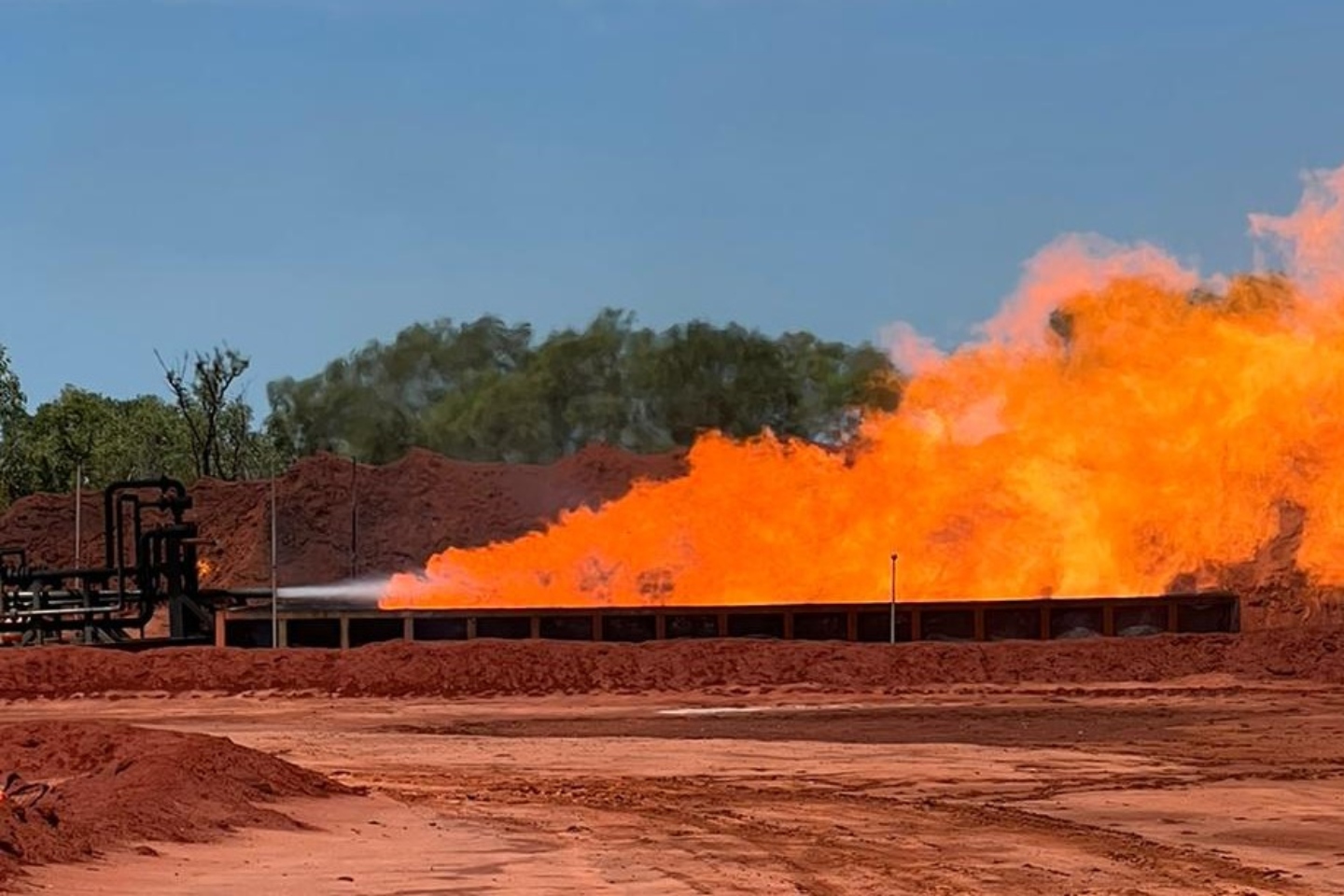A $5 million placement has helped Buru Energy advance preparations for its mission to appraise its 100 per cent-owned wet gas and condensate Rafael discovery in Western Australia’s Canning Basin after the end of the Kimberley wet season mid-next year. It has now ordered long-lead items, advanced detailed well design and discussions with potential rig providers and has 3D seismic data processing on schedule.

A $5 million placement has helped Buru Energy advance preparations for its mission to appraise its 100 per cent-owned wet gas and condensate Rafael discovery in Western Australia’s Canning Basin after the end of the Kimberley wet season mid-next year.
The company has today confirmed that it has ordered long-lead items, advanced detailed well design and discussions with potential rig providers and has 3D seismic data processing on schedule. It says the significant fundraising through existing major shareholders and new professional investors will ensure it can maintain momentum through the planned appraisal and development program right through to commercial production from Rafael.
With the funds in the kitty, Buru says it has placed orders with Marubeni-Itochu Tubulars Oceania (Mito) for well casing, with Cactus Wellheads Australia (Cactus) for the well-head and “Christmas tree” (XMT) and with R&D Solutions for casing accessories. It will support the drilling of a new appraisal well, in addition to the recompletion and test of its Rafael-1 well.
Buru Energy chief executive officer Thomas Nador said: “I am pleased to report to our shareholders that Buru continues to execute its plan to commercialise its Rafael gas and condensate discovery through discipline and good capital management. Committing to the purchase of key Long Lead items in support of appraisal activities in 2024, whilst maintaining a strong balance sheet during the strategic partner selection process are key to protecting and enhancing value as we progress toward being a gas developer and supplier in Western Australia.”
In the petroleum industry a Christmas tree is an assembly of valves, casing spools, and fittings used to regulate the flow of pipes in a variety of different well types. Its primary function is to control the flow, usually of oil or gas, out of the well.
The appraisal process is undertaken to determine the size and characteristics of a petroleum discovery. The characteristics include the quantity of oil and/or gas present, the location of fluid contacts, the presence and distribution of baffles and barriers to fluid flow and the quality of the reservoir.
Data gathered during appraisal is used to determine whether the field development is commercially viable and if so, how the field should be developed.
Appraisal provides an important link between the discovery of petroleum in the exploration phase and the decision on whether to develop the discovery. It typically involves drilling more wells, each of which has a comprehensive data acquisition program and it may involve additional seismic data acquisition.
Buru says its processing of the Rafael 3D seismic data is on schedule, with preliminary indications of significant data quality improvement observed from an extracted 30-square-kilometre swath of data around the well location.
It says that once the data is processed and interpreted, the 3D volume will inform locations of new appraisal wells and provide valuable data to support the ongoing process of selecting strategic partners.
Buru, founded in 2008, has its core area of activity in the onshore Canning Basin in WA’s north-west – although it also participates in the alternative new energy economy through its interests in natural hydrogen, battery minerals and carbon capture and storage (CCS).
In addition to its full interest in the Rafael conventional wet gas discovery and the producing Ungani oilfield, which sits about 90km east of Broome, it also has other extensive petroleum exploration permits in the Canning Basin.
As of this month, the Ungani conventional oilfield had recovered 83.25 per cent of its total recoverable reserves, having reached peak production in 2019. Based on economic assumptions, production will continue until the field reaches its economic limit in 2030.
As with all resource ventures, once production has started, it initiates an ongoing imperative to constantly find and develop new resources. And Buru seems to be lining up all its ducks in a timely row to ensure smooth transition from its current gradually-declining field to its new ventures.
Is your ASX-listed company doing something interesting? Contact: matt.birney@businessnews.com.au














